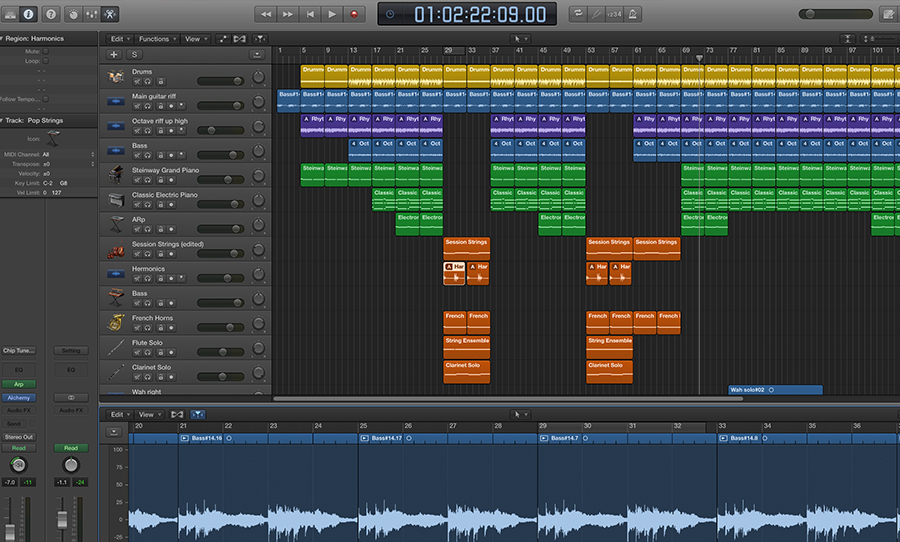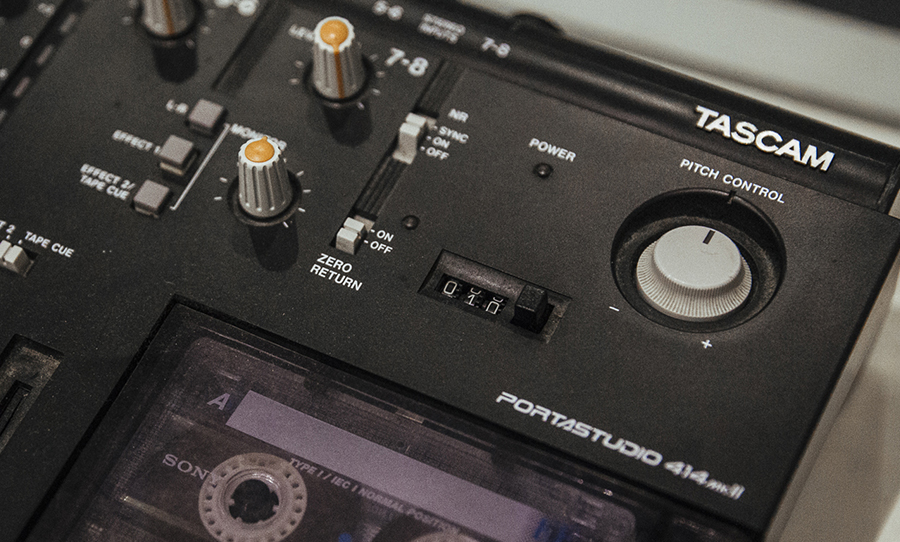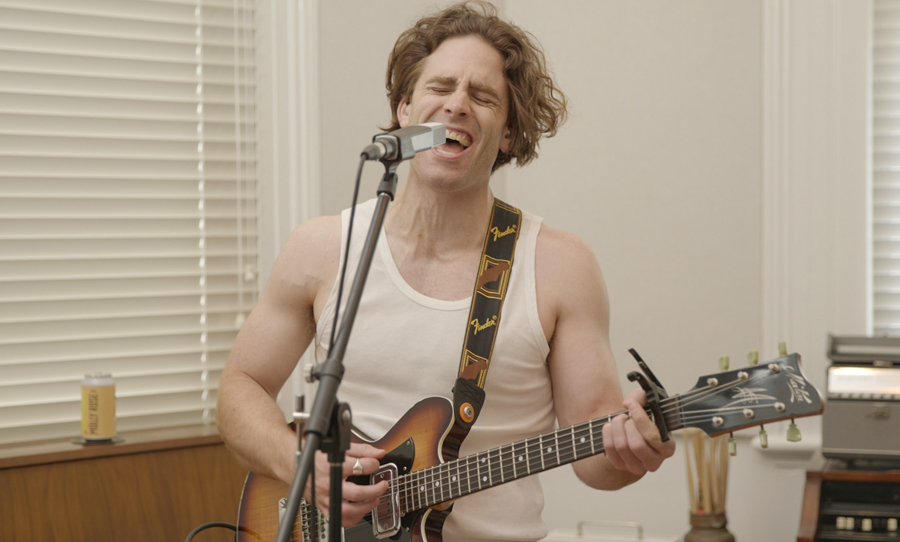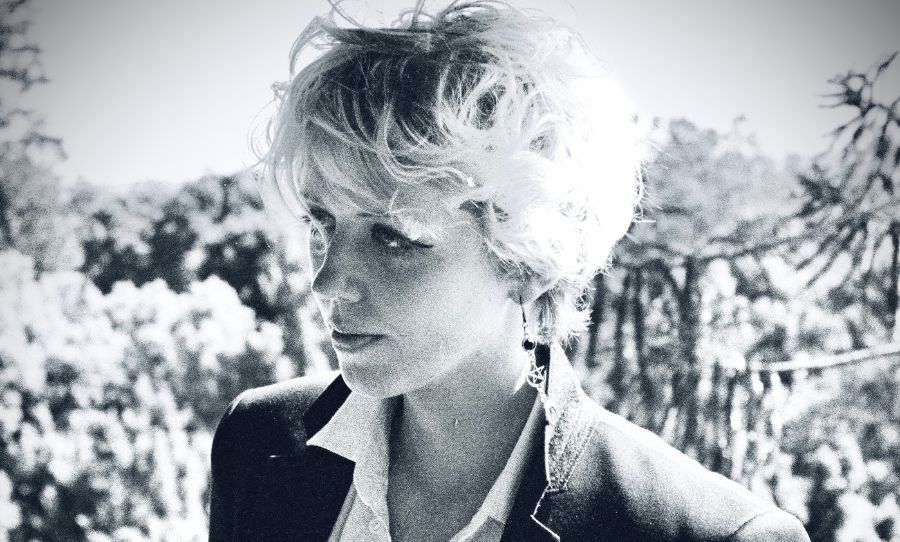A guide to why recording demos is important and how to get started
Recording demos is a crucial element of any musician’s career – budding or otherwise. From sharpening your sound, to getting the attention of producers and record labels, to mapping out the trajectory of an LP, demo’ing is an absolutely vital process for musical development.
DIY recording is unprecedentedly easy in 2018. Decent audio software comes ready-loaded on most computers, complete with a pool of resources for making music of any kind. For around $100 you can buy the bare essentials for making demo recordings within any sonic realm; and with a basic understanding of how they work, they can actually sound pretty decent.
Traditionally, the role of demos has been limited to promotion of a project. And while this is definitely still the case, there are many different reasons you should be taking the time to record at home.
What You’ll Need
Digital Audio Workstation (DAW)
In modern recording, the DAW you choose can go some way to defining your musical style. Recording audio in a traditional way? Then you’ll need Pro Tools or Logic X. Making techno? Go with Ableton Live. Just starting out? Can’t beat Garageband.
And on it goes. Of course, these kind of stereotypes are more the result of curated marketing campaigns than the actual functionality of a DAW.
Essentially, DAWs have one task – to facilitate the producing of music. Different DAWs do have different strengths, but unless you’re working on a DAW that’s particularly disagreeable, your creativity should thrive unhindered.
And if you are starting out, the words free and demo are your best friends. It pays to shop around and see which one resonates with you.
• Download Propellerhead’s Reason trial

Interface
The interface is one of the essentials of computer recording – it converts an analog signal into digital binary code, which your DAW translates into waveforms. You’ll need one to lay down your demos.
They’re pretty simple affairs – one connection to your computer (usually either USB or Thunderbolt) and inputs for microphones and instruments.
The main consideration is size – the more inputs, the more microphones and instruments you’ll be able to plug into it. So the question is, what exactly will you be recording? A whole band will require many inputs and a more expensive interface. In the bedroom with a guitar? Two inputs should be enough to cover you.
Focusrite’s Scarlett series is an excellent choice for beginners and intermediates alike. The interfaces range from dual input options suitable for solo artists doing some bedroom recording, to multi-input rack units suitable for recording whole bands in a studio and everything in between.
If you’ve got a little more money up your sleeve, we’d also recommend checking out the Universal Audio Arrow, a 2-input, 4-output interface with top quality preamps and integration with UA’s Unison plugins, which emulate a range of classic studio hardware like compressors, preamps and equalisers.

Microphones
Microphones is a potentially endless category. They range from cheap as chips (with a potentially horrible sound) to eye-wateringly expensive.
The pros will have their favourites for all sorts of applications. But for demos, what should you be looking for?
For vocals, large-diaphragm condensers are the usual go-to. But as with anything, some are better than others. An ever-increasing range is now available, with ever-decreasing price tags, but some budget models can sound tinny and cheap.
Which is not to say there aren’t any low-budget gems. Take the Rode NT1: it has built a solid reputation for reproducing a nuanced and smooth vocal sound at a fraction of the cost of other large-diaphragm condensers.
As for dynamics, the Shure SM58, for example, is a classic for a reason – while it can’t claim to be spectacular, it provides consistent performance and will take anything you can throw at it. And if you feel brave enough to stump up a little more cash (see Shure SM7B or an ElectroVoice RE20), the results will significantly improve.

MIDI Controller
MIDI Controllers cover a wide range of performance applications – from keys, to drum pads, wind controllers, guitars and more. So making astute judgments on what is best suited to your needs will take some research.
Many companies now are increasingly clever about how they integrate software into the MIDI controller experience. Some keyboards are equipped with a selection of faders and rotary encoders that are either automatically mapped, or can be custom-mapped to parameters within software.
And, like the interface, a lot will depend on size. How many octaves of keys do you need? Do you need portability? Are you cramming it into a potentially already messy desk?
The good news is that most MIDI controllers won’t break the bank. Some have better components than others and as result, will feel more solid. Others offer a broad suite of software instruments alongside the hardware, so getting your hands on a few to see what you really need will pay dividends.
AKAI make a bunch of great MIDI controllers suitable for all kinds of studio setups and musical styles, from the portable MPK Mini, which comes preloaded with AKAI beats and synthesisers, to the APC40, which is perfect for Ableton users.

Why Demos Are Important
A Creative Platform
Before you even start thinking of impressing labels, or catching the ear of your dream producer, think about yourself. Demos are an excellent platform for seeds of creativity to be planted. Without the pressures of time constraints, a producer hovering over your shoulder barking orders, and money being vacuumed from your pockets each time you try a new take, creativity can blossom.
Even with the most basic of recording gear, modern (DAWs (digital audio workstations) allow for a huge degree of creative experimentation. It’s here that you can start developing your sound.
Writing the skeleton of a song on a piano, guitar or in Ableton is necessary – it’s the starting point of musical creation – but when it comes to devising how the sonic idiosyncrasies of a track are going to reflect emotional expression later on in the recording process, demoing is crucial. With all the time you want and complete creative freedom, this is the best place to start developing your sonic identity.
The Magic of Lo-fi Recordings
The crude nature of recording a demo can often to lead to the creation of sounds and vibes that just can’t quite be recaptured in a professional recording studio. An excellent exemplar of this process is Keith Richards, who was constantly striving for a “garagey” feel to the Rolling Stones’ records. Many of his famous riffs were recorded in crude demo fashion, only to end up being used in the final mix.
The opening riff on Street Fighting Man was in fact recorded on a Philips tape recorder. He loved the “blown out” sound of the recorder overloading – creating distortion – so much that he ended up using this sketch at the basis of the final recording: “I couldn’t use an electric guitar to record on it. The sound just overwhelmed the mike and speaker. I tried an acoustic guitar instead and got this dry, crisp guitar sound on the tape—the exact sound I had been looking for on the song.”
The same can be said for the immortal (I Can’t No) Satisfaction riff. Originally intended to be the sketch for a horn section, that unmistakable guitar tone is just Richards fiddling around with a Maestro FuzzTone (a very early fuzz pedal) which created an aggressive, trebly sound, much like a trumpet. Although Richards intended to be merely a guide for future recording, in the end, the band kept the original take.
Who knows, your demo could end up being your entire record? Take Bon Iver for example. His 2008 record For Emma, Forever Ago is almost entirely made up of creaky demos – songs that were recorded in his father’s cabin while he recovered from a bout of illness.
He had every intention of re-recording them in a ‘real’ studio, until a friend convinced him otherwise: “I brought it down to Ivan from The Rosebuds, and he was like, ‘Dude, these aren’t demos. This is your record.’ I never had an opportunity to give it my own spin. People were spinning it already. In a lot of ways, I’m still in spin mode. Whatever it is people say the record is, I believe them.”
These are just a few examples of the kind of magic that can be captured while recording demos. No doubt there are millions of similar stories out there. The point is not to discount the process of demo’ing as a point of reference for when you decide to record in earnest. You may be surprised at what you come up with.
Extra Material
It can’t hurt to have a little extra material lying around. Who knows, maybe when you’re rich and famous one day people will be clawing at you to hear some demos. They could be used as B-sides or bonus material to accompany releases.
Some artists use demos to fill the void in between releases. Take Mac Demarco for example. An avid DIY musician, he has been releasing demo albums in between his studio albums ever since he released his breakout LP, 2. Not only do these sound pretty awesome on their own, they are a fascinating insight into his creative process, and how his songs developed over time.
Working On Your Skills
While being a producer or an audio engineer may not be your goal, knowing your way around a studio will have a heap of benefits when it comes to making a record. Being able to communicate with a producer in some kind of coherent way will make both of your lives much, much easier.
Having at least a basic knowledge of gear, recording techniques, different instruments, and composition will make working in a studio a far more fruitful experience.
Wooing Labels
In most cases, you’re not going to get anywhere with record labels without some material to show them. While in some cases, sending off a finished product is ideal, demos are just fine too.
A quick search on the internet will yield a million results for ‘guides to recording demos’, but most of them you’ll find are pretty useless. There’s just one golden rule to remember: demos don’t have to be polished or flawless, they just need to reflect just how much potential a song has; and if there’s something there, this may just be enough.
This article was written in collaboration with the team at Enmore Audio, the recording studio and music tech arm of Happy Mag.



